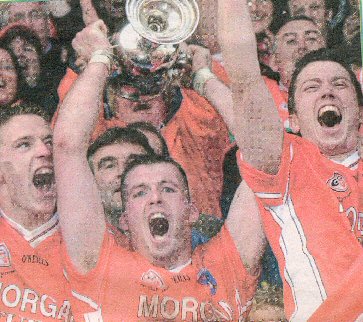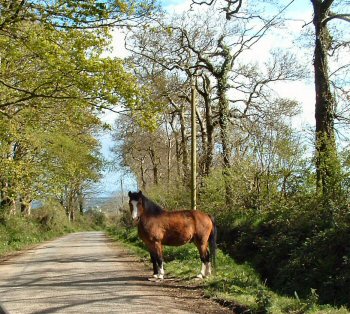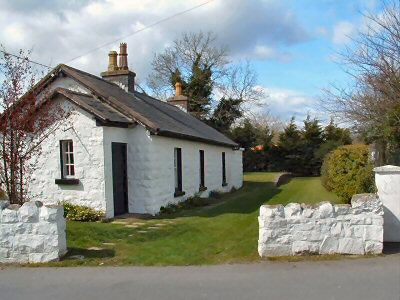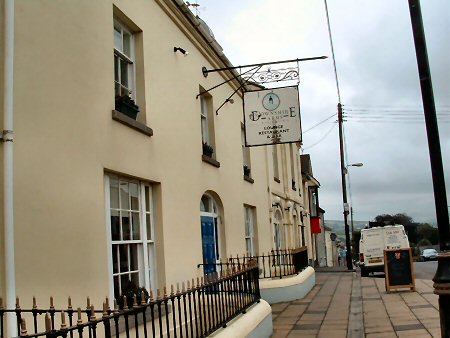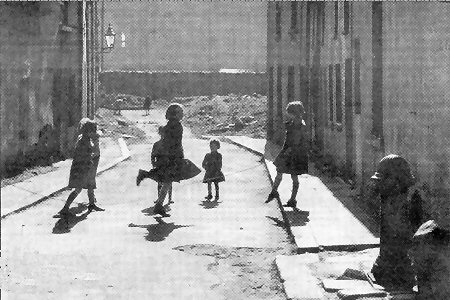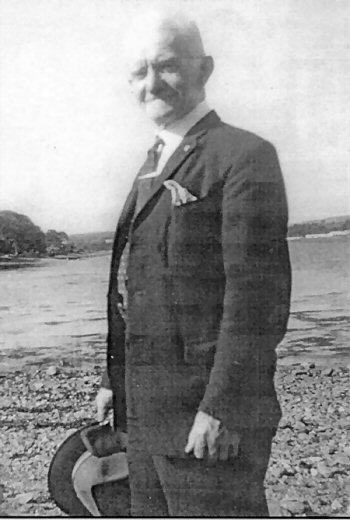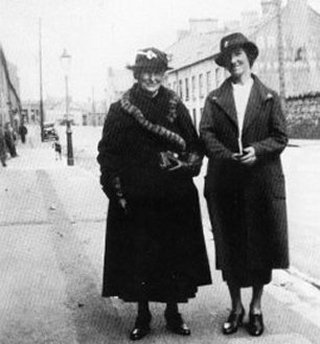Reminiscence
Hector: Fabian
‘Once’, Fabian went on, ‘my father ordered me on to Hill Street with the handcart laden with herring, to catch the shoppers who mightn’t make it as far as the market.’
‘Pat Phillips, my cousin, who was also selling herrings, protested to the town inspector Mickey Short. He banished me from the scene. Pat’s brother, Larry is still selling there!
Omeath Summers: Fabian
‘When the school holidays came,’ Fabian went on, ‘we would set off by pony and trap to Omeath. My father operated a jaunting-car to Calvery and sometimes even to Carlingford at the weekends.
The Pedlar
As in most callings there were two or three classes of pedlars. The King of Pedlars was the man who, with a tidy balance at the bank, and an account with some great wholesale drapery house, usually drove a van with a horse along the principal roads of the country and disdained to call on any person lower than the rank of strong farmer. As a rule he was loud, pushing and loquacious, a good salesman and a decent fellow all round.
Then came the pedlar who drove a mule or donkey-cart and who also frequented fairs where his gaudily-decked booth containing coloured, cotton handkerchiefs, cheap muslin and articles of small ware, was a prominent feature. He was more or less looked down on by the big man who drove his horse; but the man with the mule had in turn a corresponding contempt for the poorer brother who, with his pack strapped over his shoulders, sought the favour of his customers on foot. But the latter wayfarer had one advantage over his bigger brethren. He could, and did penetrate further into isolated districts and so reap many small orders from clients who were not so much in touch with highways.
And in truth this latter specimen of the tribe was the most interesting of the lot. He was generally past middle-life with the healthy, hardy glow in his countenance that much living in the open air usually gives. His face seemed so open and truthful that it was difficult to believe he could over-praise his goods or over-reach one in a bargain.
But with all that our pedlar was a man with the shrewd eye to the main chance. It was pleasant to see him approach the open door of the farm-house, and if the time was evening and he contemplated resting for the night, his greeting was doubly voluble and gushing:
June Memories
It recalls balmy breezes with the scent of greening grasses and wild flowers and herbs.
Mary St Characters
Fabian spoke of one courtly, well-spoken old gentleman, unshaven and wearing a shabby black overcoat who sold second-hand pots and pans in Newry market of old. He also had other rusting kitchenware.
Fabian Rides Roy-Rodgers fashion
Fabian Boyle is our most esteemed local journalist. He presently writes in the Democrat but formerly for the Irish News. He reminisced on life in St Mary’s Street after the war.
‘My father started a greengrocery and fish business in the market at Newry. He married Margaret Hearty from Dorsey and their first home was in Mary Street. In the mid 30s the first of his five sons and daughters began to arrive.
We were fortunate in that period of food rationing that my father’s business ensured that vegetables, some fruit and fish were available. My mother’s culinary speciality was herring baked with bay leaves!
My father would collect the gleaming, silver herring from Kilkeel in the early morning and hawk them by horse and cart all over South Armagh, from Dromintee to Camlough. My job was to corral the trusty steed from a field at the top of Courtenay Hill, using a hunk of bread as inducement and a rope for capture. I’d walk him down the steep hill to the entrance with Mary Street. Then I’d mount and gallop, like Roy Rodgers, down to the market entrance.
Plying his trade at the market-gate, my father would describe the herrings as ‘fresh, fair and lovely as a newly-married woman!’ Again, he would cry, ‘they’ll melt in your mouth and run down your belly like a racehorse.’ He may have been obsessed with newly-weds, for he’d also say, ‘great for young married women. Makes them jump in their sleep!’ With every dozen he’d always throw one in ‘for the child!’
More later!
Men of the Roads

Mary Street Tales: Fabian
Fabian’s reflections on childbirth two generations ago are reminiscent of those of an earlier contributor speaking of The Meadow.
